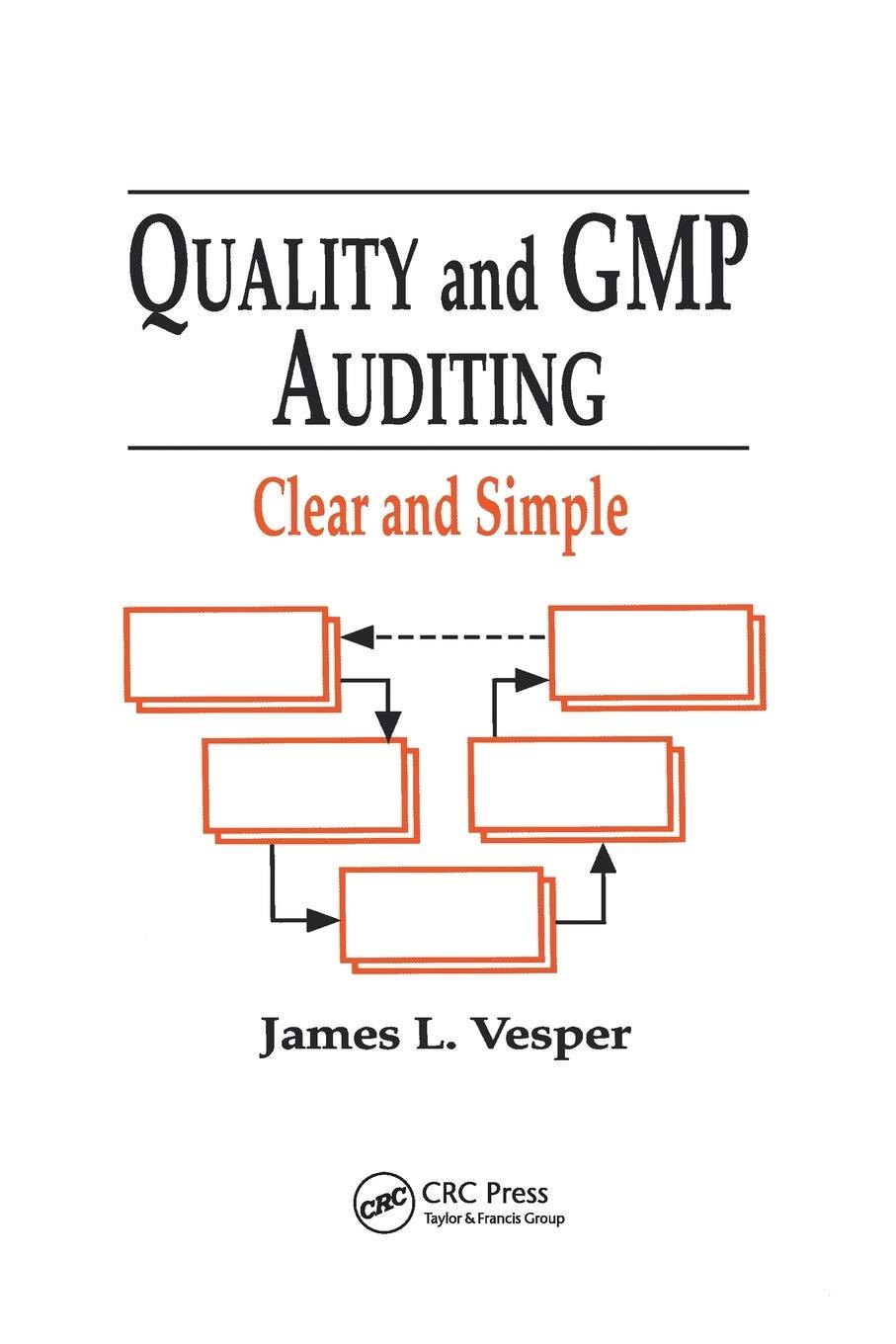Preferred shares As of 12/31/16:
a. How many shares of preferred stock are authorized?
b. How many shares of preferred stock are outstanding?
c. If you owned 1800 shares of Series A Preferred Stock and elected to convert those shares to common stock, how many shares of common stock would you receive?
(15) Shareholders Equity Preferred Stock One billion shares of preferred stock with a par value of SO.00005 per share are authorized. The Scries A Preferred Stock has no voting rights except as otherwise provided by Oklahoma corporate law and may be converted into one share of Common Stock for each 36 shares of Series A Preferred Stock at the option of the holder. Dividends are cumulative at an annual rate of ten percent of the $0.06 per share liquidation preference value when declared and are payable in cash. Aggregate liquidatiorn preference is S15 million. No Series A Preferred Stock was outstanding in 2016, 2015 or 2014. Common Stock Common stock consists of 2.5 billion authorized shares with a $0.00006 par value. Holders of common shares are entitled to one vote per share at the election of the Board of Directors and on any question arising at any shareholders meeting and to receive dividends when and as declared. Additionally, regulations restrict the ability of national hanks and bank holding companies to pay dividends. Swbsidiary Bank The amounts of dividends that BOK Financial's subsidiary bank can declare and the amounts of loans the subsidiary bank carn extend to affiliates are limited by various federal banking regulations and state corporate law. Generally, dividends declared during a calendar year are limited to net profits, as defined, for the year plus retained profits for the preceding two years. The amounts of dividends are further restricted by minimum capital requirements. Regulatory Capital BOK Financial and the subsidiary banks are subject to various capital requirements administered by the federal banking agencies. Failure to meet minimum capital requirements can initiate certain mandatory and additional discretionary actions by regulators that could have a material effect on BOK Financial's operations. These capital requirements include quantitative measures of assets, liabilities and certain off-balance sheet items. The capital standards are also subject to qualitative judgments by the regulators. New capital rules were effective for BOK Financial on January 1,2015. Components of these rules will phase in through January 1, 2019. A bank falling below the minimum capital requirements, incuding the capital conservation buffer, would be subject to regulatory restrictions on capital distributions (including but not limited to dividends and share repurchases) and executive bonus payments. For a banking institution to qualify as well capitalized, Common cquity Tier 1, Tier I, Total and Leverage capital ratios must be at least 69% 8% 10% and 5%, respectively Tier 1 capital consists primarily of common stockholders' equity, excluding unrealized gains or losses on available for sale securities, less goodwill, core deposit premiums and certain other intangible assets. Total capital consists primarily of Tier I capital plus preferred stock, subordinated debt and allowances for credit losses, subject to certain limitations. The subsidiary banks exceeded the regulatory definition of well capitalized as of December 31, 2016 and December 31, 2015







